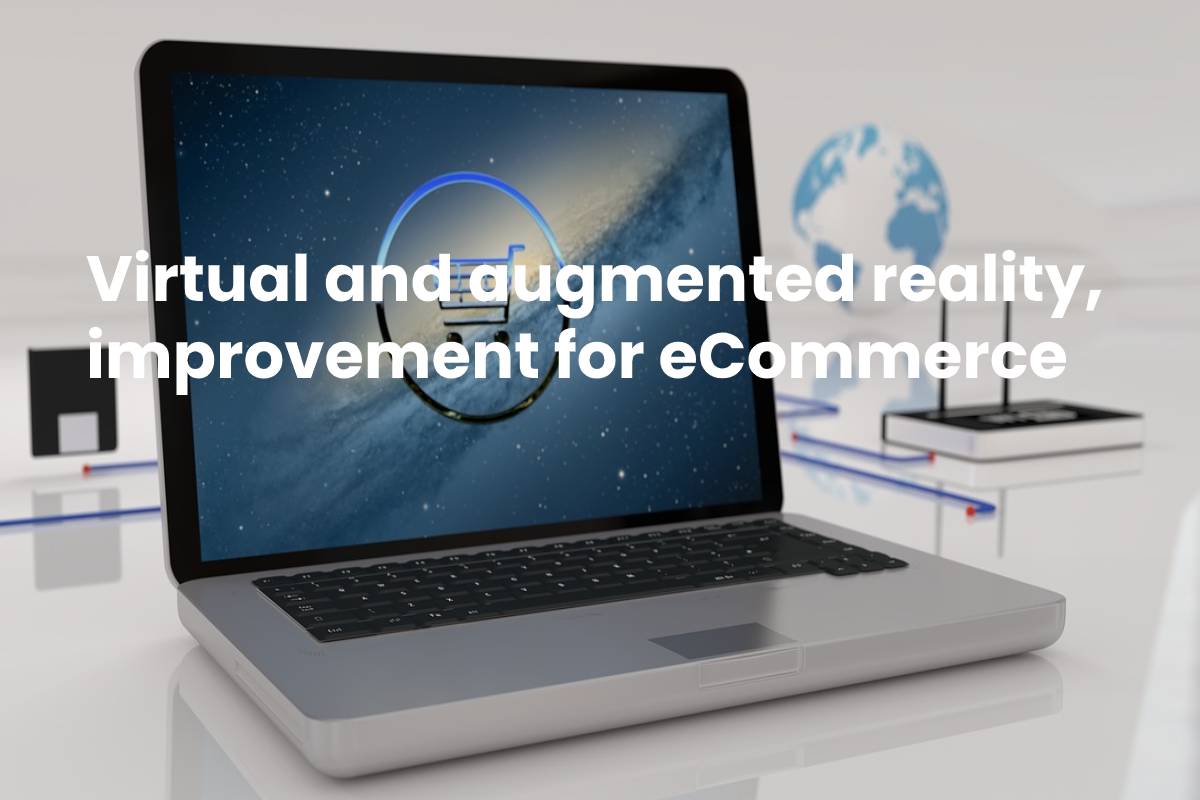Virtual and Augmented Reality – 2016 was an excellent year for eCommerce. Once the quintessential physical retailer, Walmart announced plans to invest $ 2 billion in its online efforts.
Meanwhile, Amazon has eclipsed Walmart’s value, and consumer goods sales are up 42% from last year.
Table of Contents
eCommerce and the possibilities of virtual and augmented reality
There is, however, a challenge: the issue of conversions, that is, getting explorers to become buyers.
Traditionally, eCommerce has averaged 2-4% conversion rates, very small compared to 20% to 40% for traditional retailers.
This discrepancy is multiple, but a large part has to do with the sensory limits of eCommerce. As consumers, we want to try or wear something before buying it. Not only see it but hold it, use it, and try it on.
These are steps in the buying process, a barrier that online retailers have always find difficult.
While some online retailers are approaching this challenge with traditional solutions.
Like sending samples and offering free returns., others are beginning to use new technologies that have emerged around the user experience, seeking to take advantage of them.
Cutting-edge multi-channel retailers are looking to virtual and augmented reality for tools to offer shoppers new forms of interaction, giving consumers an experience that not only replicates the physical store but even surpasses it.
Pioneers in virtual reality
Virtual reality (VR) has gotten a lot of attention this last year, for example, becoming very relevant at SXSW Interactive, with an entire section of the conference devoted to this technology.
And some powerful eCommerce are already announcing steps to adapt to VR, such as Alibaba, with the launch of GnomeLabs, a research arm dedicated to helping merchants better use virtual reality to sell products online.
Alibaba reports that it has already created VR views for hundreds of products with the long-term goal of offering consumers the option to shop within Fifth Avenue stores online.
Other players are already taking steps in that same direction.
For example, NARS makeup uses Facebook’s 360 videos to offer their customers a new interactive way to interact with 3D tutorials.
Facebook 360
Allows you to browse any 360 videos without unique viewers’ help. It could be the gateway to full virtual reality in the future.
Other powerful brands, such as Dior and Tommy Hilfiger, have been experimenting (at the moment, only in stores) with 3D viewers to offer a virtual 360-degree runway.
The video puts consumers in the front seat of fashion shows. It gives VIP access to brand lines in an almost real-life format.
There are ways VR lets consumers achieve a 3D experience that transcends the confines of increasingly boring 2D pages.
And while hardware access and adoption continues to be a challenge, inexpensive solutions like Google Cardboard may mean it is a matter of time before brands start experimenting with VR.
The critical point is that being an early adopter of VR marketing, you can take advantage.
As a 360-degree video could take up to 6 months to produce, from planning the script until its promotion online. So there is no time to lose if you want to use this technology.



